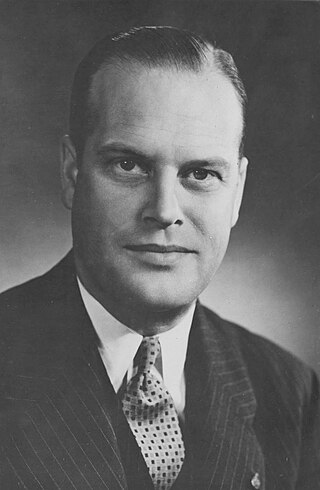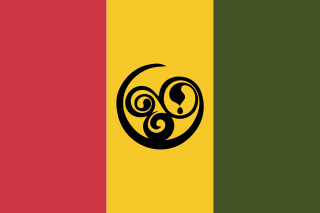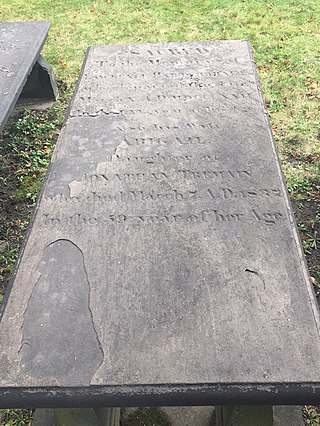
Dalhousie University is a large public research university in Nova Scotia, Canada, with three campuses in Halifax, a fourth in Bible Hill, and a second medical school campus in Saint John, New Brunswick. Dalhousie offers over 200 degree programs in 13 undergraduate, graduate, and professional faculties. The university is a member of the U15, a group of research-intensive universities in Canada.

Mount Saint Vincent University, often referred to as the Mount, is a public, primarily undergraduate, university located in Halifax, Nova Scotia, Canada, and was established in 1873. Mount Saint Vincent offers undergraduate programs in Arts, Science, Education, and Professional Studies. The Mount has 13 graduate degrees in areas including Applied Human Nutrition, School Psychology, Child and Youth Study, Education, Family Studies and Gerontology, Public Relations and Women's Studies. The Mount offers a doctorate program, a Ph.D. in Educational Studies, through a joint-initiative with St. Francis Xavier University and Acadia University. The Mount offers more than 190 courses, over 10 full undergraduate degree programs and four graduate degree, programs online.

Nova Scotia is one of the thirteen provinces and territories of Canada. It is one of the three Maritime provinces and one of the four Atlantic provinces. Nova Scotia is Latin for "New Scotland".

Cape Breton University (CBU) is a public university located in Sydney, Nova Scotia, Canada. It is the only post-secondary degree-granting institution within the Cape Breton Regional Municipality and on Cape Breton Island. The university is enabled by the Cape Breton University Act passed by the Nova Scotia House of Assembly. Prior to this, CBU was enabled by the University College of Cape Breton Act (amended). The University College of Cape Breton's Coat of Arms were registered with the Canadian Heraldic Authority on May 27, 1995.

Robert Lorne Stanfield was a Canadian politician who served as the 17th premier of Nova Scotia from 1956 to 1967 and the leader of the Official Opposition and leader of the Progressive Conservative Party of Canada from 1967 to 1976.

The flag of Nova Scotia consists of a blue saltire on a white field defaced with the royal arms of Scotland. Adopted in 1929 after a royal warrant was issued, it has been the flag of the province since January 19 of that year. It is a banner of arms modelled after the province's coat of arms. Utilized as a pennant since 1858, it was officially recognized under primary legislation as Nova Scotia's flag in 2013. When flown with the flags of other Canadian provinces and the national flag, it is fourth in the order of precedence.

Robert Henry Winters was a Canadian politician and businessman.

Halifax is the capital and most populous municipality of the Canadian province of Nova Scotia, and the most populous municipality in Atlantic Canada. As of 2022, it is estimated that the population of the Halifax CMA was 480,582, with 348,634 people in its urban area. The regional municipality consists of four former municipalities that were amalgamated in 1996: Halifax, Dartmouth, Bedford, and Halifax County.

Province House in Halifax is where the Nova Scotia legislative assembly, known officially as the Nova Scotia House of Assembly, has met every year since 1819, making it the longest serving legislative building in Canada. The building is Canada's oldest house of government. Standing three storeys tall, the structure is considered one of the finest examples of Palladian architecture in North America.
The Halifax Regional Municipality (HRM) in Nova Scotia, Canada has a widely varied geography.

Mary Helen Creighton, CM was a prominent Canadian folklorist. She collected over 4,000 traditional songs, stories, and beliefs in a career that spanned several decades, and she published many books and articles on Nova Scotia folk songs and folklore. She received numerous honorary degrees for her work and was made a Member of the Order of Canada in 1976.

Black Nova Scotians are an ethnic group consisting of Black Canadians whose ancestors primarily date back to the Colonial United States as slaves or freemen, later arriving in Nova Scotia, Canada, during the 18th and early 19th centuries. As of the 2021 Census of Canada, 28,220 Black people live in Nova Scotia, most in Halifax. Since the 1950s, numerous Black Nova Scotians have migrated to Toronto for its larger range of opportunities. The first recorded free African person in Nova Scotia, Mathieu da Costa, a Mikmaq interpreter, was recorded among the founders of Port Royal in 1604. West Africans escaped slavery by coming to Nova Scotia in early British and French Colonies in the 17th and 18th centuries. Many came as enslaved people, primarily from the French West Indies to Nova Scotia during the founding of Louisbourg. The second major migration of people to Nova Scotia happened following the American Revolution, when the British evacuated thousands of slaves who had fled to their lines during the war. They were given freedom by the Crown if they joined British lines, and some 3,000 African Americans were resettled in Nova Scotia after the war, where they were known as Black Loyalists. There was also the forced migration of the Jamaican Maroons in 1796, although the British supported the desire of a third of the Loyalists and nearly all of the Maroons to establish Freetown in Sierra Leone four years later, where they formed the Sierra Leone Creole ethnic identity.

The Book of Negroes is a document created by Brigadier General Samuel Birch, under the direction of Sir Guy Carleton, that records names and descriptions of 3,000 Black Loyalists, enslaved Africans who escaped to the British lines during the American Revolution and were evacuated to points in Nova Scotia as free people of colour.

The Nova Scotian Settlers, or Sierra Leone Settlers, were African Americans who founded the settlement of Freetown, Sierra Leone and the Colony of Sierra Leone, on March 11, 1792. The majority of these black American immigrants were among 3,000 African Americans, mostly former slaves, who had sought freedom and refuge with the British during the American Revolutionary War, leaving rebel masters. They became known as the Black Loyalists. The Nova Scotian Settlers were jointly led by African American Thomas Peters, a former soldier, and English abolitionist John Clarkson. For most of the 19th century, the Settlers resided in Settler Town and remained a distinct ethnic group within the Freetown territory, tending to marry among themselves and with Europeans in the colony.
George Angus Ross was a lawyer and political figure in Nova Scotia, Canada. He represented Lunenburg County in the Nova Scotia House of Assembly from 1882 to 1889 as a Liberal member.

John Young was a Scottish-born merchant, author, agronomist, and agricultural reformer in Nova Scotia. He represented Sydney County in the Nova Scotia House of Assembly from 1824 to 1837. He supported the Royal Acadian School.
Sylvia D. Hamilton is a Canadian filmmaker, writer, poet, and artist. Based in Nova Scotia, her work explores the lives and experiences of people of African descent. Her special focus is on African Nova Scotians, and especially women. In particular, her work takes the form of documentary films, writing, public presentations, teaching, mentoring, extensive volunteer work and community involvement. She has uncovered stories of struggles and contributions of African Canadians and introduced them to mainstream audiences. Through her work, she exposes the roots and the presence of systemic racism in Canada. She aims to provide opportunities for Black and Indigenous youth through education and empowerment.

The following outline is provided as an overview of and topical guide to Nova Scotia:
Henry How was a British-Canadian chemist, geologist and mineralogist.

Margaret Sibella Brown was a Canadian bryologist specializing in mosses and liverworts native to Nova Scotia. Although lacking formal scientific training, she has been recognized for her contributions to bryology and as an authority on the mosses and liverworts of Nova Scotia. Samples she collected are now housed at major herbaria in North America and Europe.













